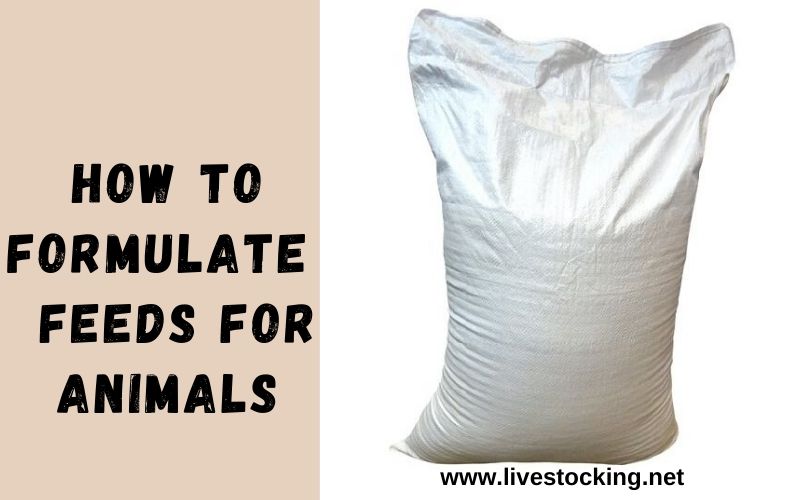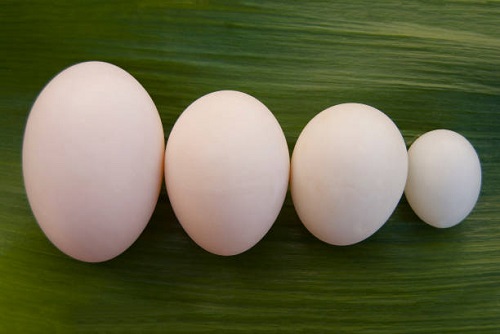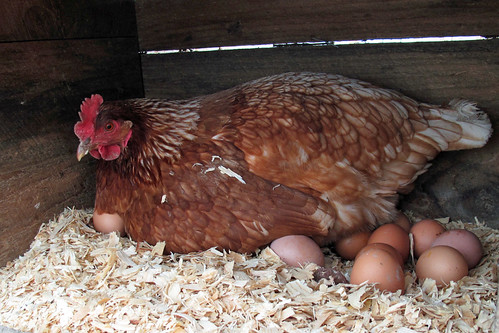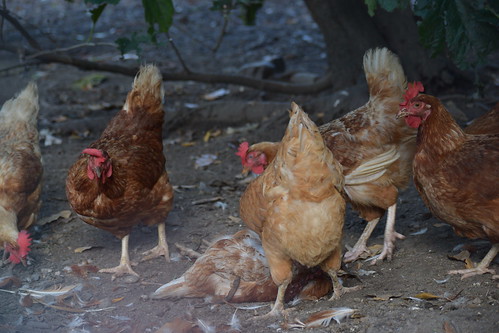Benefits of Formulating Your Own Feed
Except for a few feed manufacturers who keep to the standards in poultry feed formulations, many feed companies in Nigeria make very poor quality feeds, a situation which has resulted in huge losses. Poor quality feeds lead to slow growth in chickens, low egg production, diseases, and death. Formulating your poultry feeds on the farm is one of the best ways to maintain quality and cut the cost of production.
The common feed ingredients are whole maize, cottonseed cake, soya beans, sunflower, or fish meal. Besides, farmers need to add several other feed additives (micronutrients, minerals, and vitamins) to ensure that their chickens have a balanced feed that meets their daily nutrient requirements.
Livestock feed materials are available cheaply, especially after the harvesting season. Depending on the costs of the raw materials, farmers who make their feeds at home save between 30% to 50% for every 70 kg bag of chicken feed, depending on the source of their raw materials.
Due to government regulation, major feed companies have reduced the standard quantity of feed 25 kg per bag, but the price of feed remains almost the same. This means that farmers who can make their feed make great savings on feeds which take up to 80 percent of the production costs.
To formulate livestock feeds, farmers have to use the Pearson Square method. In this method, the digestible crude protein (DCP) is the basic nutritional requirement for any feed preparation for all animals and birds.
Assuming that a farmer wants to make feed for his/her chicken using this method, he/she has to know the crude protein content of each of the ingredients to be used for making the feed.
The following are the DCP values for each of the common ingredients used in feed making:
- Whole maize—8.23%
- Soya—45%
- Fishmeal—55%
- Maize bran—7%
- Sunflower—35%
Each class of chicken has its nutritional requirement. For example, if we want to make feed for layers, the feed should have at least 18% crude protein.
To formulate feed for layers, then you would have to calculate the percentage of DCP in each of the ingredients you want to use to ensure that the total crude protein content is at least 18%.
Therefore, to make a 50 kg bag of feed for layers, a livestock farmer would require the following quantity of ingredients:
- 24.3 kg of whole maize = 24.3kg
- 8.6 kg of soya = 8.6 kg
- 5.7 kg of fishmeal= 5.7 kg
- 7.1 kg of maize bran= 7.1 kg
- 4.3 kg of limestone (as a calcium source) = 4.3 kg
To find out if all the above ingredients meet this standard of 18% crude protein, a farmer can do a simple calculation as follows:
- Whole maize — 24.3 kg x 8.23 kg ÷100 = 2.0%
- Soya — 8.6 kg x 45 kg ÷ 100 = 3.87%
- Fishmeal — 5.7 kg x 55 kg ÷ 100 = 3.14%
- Maize Bran— 7.1 kg x 7 kg ÷ 100 = 0.5%
- Lime — 4.3 kg x 0 kg ÷ 100 = 0.00%
- Total % of crude protein = 2.00 + 3.87 + 3.14 + 0.5 + 0 = 9.51%
To get the total crude protein percentage of all these ingredients in a 50kg bag of feed, the farmer should take this crude protein content of the combined ingredients, divide by 50 kg and multiply by 100,
Thus; 9.51 ÷ 50 × 100 = 18%.
This shows that the crude protein content of the above feed formulation is 19%, which is quite adequate for layers.
To ensure the chicken to get all they need in terms of nutrients such as vitamins, minerals and amino acids, you need these additives in their standard quantities.
Digestible Crude Protein requirement for:
- Layers chick—18-20% CP
- Growers—16% CP
- Layers—18% CP
- Broilers—22-24% CP
- The feed should contain calcium for the formation of eggshells. Laying hens that do not get enough calcium will use the calcium stored in their own bone tissue to produce eggshells.
- Layer feed should be introduced at 18 weeks.
- Farmers who have more than 500 chickens, it is advisable to make 1 tonne of feed at once
- Ensure that all the feed you make will last for one month and not longer. This ensures that the feed remains fresh and safe for chickens. Any feed that lasts more than one month may deteriorate in quality and can affect your chickens.
Daily feed requirements for each growth stage
Farmers should maintain the right feed quantities for chicken at each stage of growth as shown below:
- An egg-laying chicken requires 130-140 g of feed per day.
- A chick requires a minimum of 60 g per day. If they finish their daily rations, give them fruit and vegetable cuttings to ensure they feed continuously.
- Young chickens (or pullets) that are about to start laying eggs should be fed 60 g for 2 and ½ months and then put on layer diet (140 g per day). Supplement the feed with vegetables, edible plant leaves, and fruit peelings in addition to their feed rations.
- Broiler chicks require 67 g per day. Broiler finishers require 67 g of feed per day to the day of slaughter.
- Chickens are very sensitive to aflatoxins- never use rotten ingredients while making feeds.
Where to buy feed ingredients
Farmers who need raw materials for feed making including feed additives (pre-mixes and amino acids) can order them from a reputable feedmill nearest to them.
Important tips on feed preparation
- When making feed rations yourself, it is important to do experimental trials, by isolating some chickens, feeding them, and observing their performance. If the feed rations are right, the broilers will grow fast and layers will increase egg production (at least 1 egg after every 27 hours).
- Buy quality fishmeal from reputable companies. If fishmeal is used, the farmers must be sure of its quality; most of the fishmeal in the markets is contaminated. Farmers are advised to go for soya meal if they cannot get good quality fishmeal.
- Always mix the micronutrients first before mixing them with the rest of the feed.
- For mixing, farmers are advised to use a drum mixer. Using a shovel to mix feed is not recommended because the ingredients will be unevenly distributed.




I must commend your good work here, i have been blessed with resourceful information on feed formulation. thank you and may God bless you real good.
NB: I am planning to set up a small feed mill venture and your enlightened write-up has help a lot.
Thank you Sunkanmi. God bless you too!
your ingredients are very greatful,it must be a big helpful to the ones who want to make his own feeds
,but equipment making feed is also very important.
Thanks for your comment!
Thanks for the enlightenment. Pls I hv 300 birds and want to make my own feed for at least two weeks.
Pls how do I mix the ingredients
Use a motor feed mixer or spread the ingredients on the floor and use shovel to mix them thoroughly, like you’re mixing cement, sand and water together.
thanks for the information. pls i have a question? can we include granite in the chicken feed. as i read somewhere that its help chicken digest food better.
Yes, you can. It increases feed digestion.
Very comprehensive
Thank you!
Comment: Pls how do I start mixing the feed and what will I use to measure the right percentage….. and where can I get these ingredients???
Use a weighing scale. The ingredients can be purchased from reputable commercial feedmills.
Hi Mr Akinbolaa, You are doing a good job. I learnt a lot today May God bless you.
Hope to get back to you as soon As I come back from Germany
Thank you for your information. I want to set up small feed mill firm how would l go about it.
pls can you add me to any poultry and piggery what’s app group you belong to?
my number 07036445372
Good orientation, highly appreciated. Thanks
Good one,God bless u sir. Keep up.
Thanks and GOD bless us Akinboola.
Amen. Thank you
How do I get a reputable feedmill